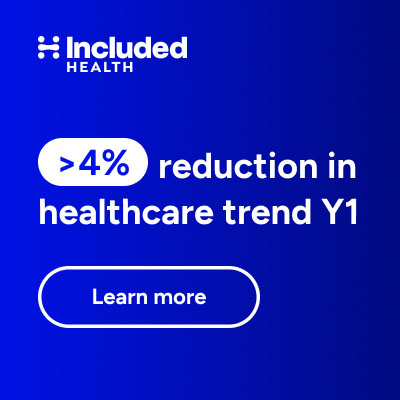

Today is the last day for public comments on the proposed CMS regulations regarding Medicare hospital inpatient prospective payment systems (IPPS). While there are several changes proposed, the one that’s raised lots of attention has been the idea that access to Medicare may be denied to those providers guilty of information blocking. Here are the comments submitted by Gropper & Peel from Patients Privacy Rights— Matthew Holt
Executive Summary of PPR Comments on Information Blocking
Information blocking is a multi-faceted problem that has proved resistant to over a decade of regulatory and market-based intervention. As Dr. Rucker said on June 19, “Health care providers and technology developers may have powerful economic incentives not to share electronic health information and to slow progress towards greater data liquidity.” Because it involves technology standards controlled by industry incumbents, solving this problem cannot be done by regulation alone. It will require the coordinated application of the “power of the purse” held by CMS, VA, and NIH.
PPR believes that the 21st Century Cures Act and HIPAA provide sufficient authority to solve interoperability on a meaningful scale as long as we avoid framing the problem in ways that have already been shown to fail such as “patient matching” and “trust federations”. These wicked problems are an institutional framing of the interoperability issue. The new, patient-centered framing is now being championed by CMS Administrator Verma and ONC Coordinator Rucker is a welcome path forward and a foundation to build upon.
To help understand the detailed comments below, consider the Application Programming Interface (API) policy and technology options according to two dimensions:
| API Content and Security | Institution is Accountable | Patient is Accountable |
| API Security and Privacy |
|
|
| API Content / Data Model |
|
|
This table highlights the features and benefits of interoperability based on institutional or individual accountability. This is not an either-or choice. The main point of our comments is that a patient-centered vision by HHS must put patient accountability on an equal footing with institutional accountability and ensure that Open APIs are accessible to patient-directed interoperability “without special effort” first, even as we continue to struggle with wicked problems of national-scale patient matching and national-scale trust federations.
Here are our detailed comments inline with the CMS questions in bold:Continue reading…






















